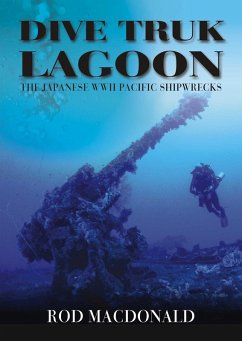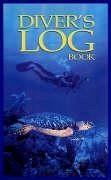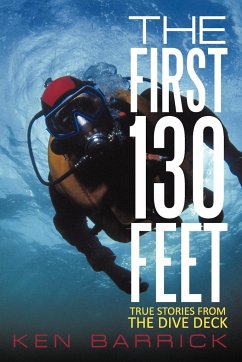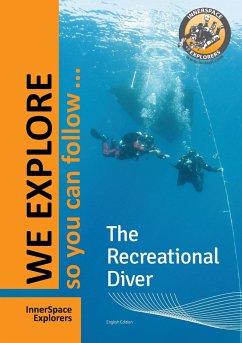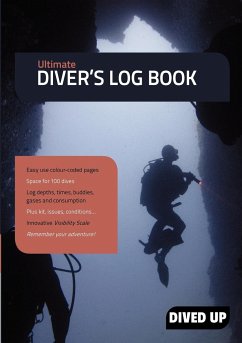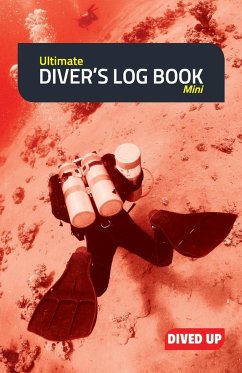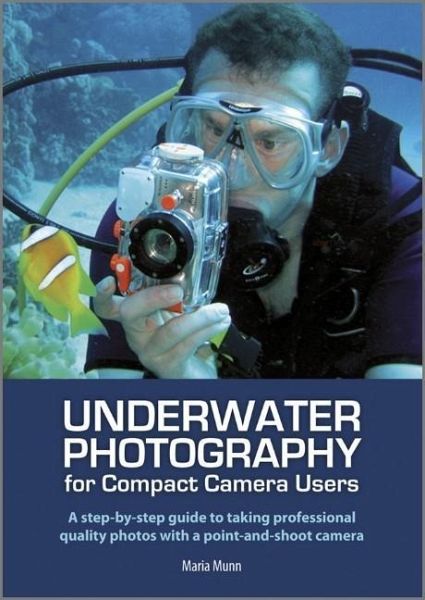
Underwater Photography
A Step-By-Step Guide to Taking Professional Quality Underwater Photos with a Point-And-Shoot Camera

PAYBACK Punkte
10 °P sammeln!
Be inspired to take the underwater photographs you have always dreamed of using a compact camera 'Book of the Year' Diver Magazine Designed to help the beginner and the more advanced digital compact camera users, Underwater Photography for Compact Camera Users promises to inspire both snorkelers and divers to achieve fabulous underwater photographs. Crammed with fantastic tips and photographs to illustrate the techniques, it delivers the expert advice without confusing the beginner or patronising the advanced user. Included in Underwater Photography for Compact Camera Users: * Choosing and caring for your camera underwater * Understanding the settings on your camera * Using accessories * Underwater composition * Lighting your subject underwater * Natural light photography * Downloading and sorting your images * A special 'guest gallery' to inspire and show you how to capture the photographs you have always dreamed of
This is a step-by-step guide to taking professional quality underwater photos with a point-and-shoot camera. Modern compact cameras are capable of capturing fantastic underwater images - and this book shows you how. Easy-to-follow techniques are accompanied by hundreds of photographs that show you how it is done and the results you can achieve. There is advice for both beginners and more advanced compact camera users, covering topics such as what camera to buy and how to look after it, how to master settings for different cameras and how to compose great underwater photographs. Perfect for divers and snorkelers, this book will take your photography to a new level.




